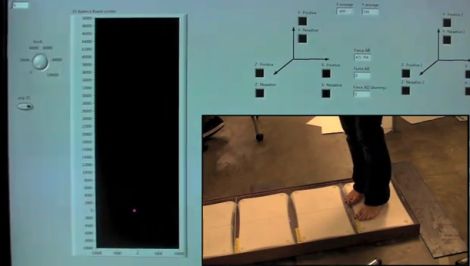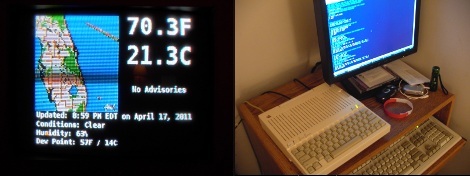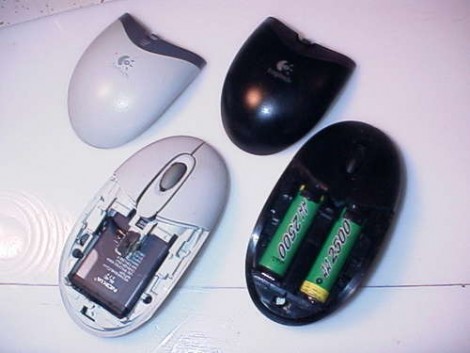
Medical conditions that prevent individuals from being able to walk are difficult to handle, even more so if the patient happens to be a child. Shriner’s hospitals treat a good number of children suffering from cerebral palsy, spina bifida, or amputations. They are always looking for creative treatment methods, so their Motion Analysis Laboratory looked to some Rice University undergrads for help. They asked the group of engineers to design a system that would make physical therapy a bit more fun, while helping encourage the children along.
The team recently unveiled their project, called the Equiliberator. The game system incorporates a series of five Wii balance boards situated between a pair of pressure-sensitive handrails. The platform communicates with a computer via Bluetooth, registering the patient’s movements as he or she moves along the path. The software portion of the system consists of a monster-slaying game which requires the child to step on a particular section of the pathway to dispose of the oncoming enemies.
The game is designed to get more difficult as the child’s balance and coordination improve, encouraging them with an ever growing bank of points as they progress. The final goal of the project is to enable the pressure sensitive handrails to determine how much the child is relying on them for balance, offering in-game incentives to walk with as little support as possible.
We love seeing hacks like this which not only entertain, but truly help people in the process. Kudos to the team at Rice University – they have done a fantastic job here.
Continue reading to see a quick video describing the Equiliberator in the designers’ own words.
[via MedGadget]
Continue reading “Teaching Children To Walk Using Video Games” →
















